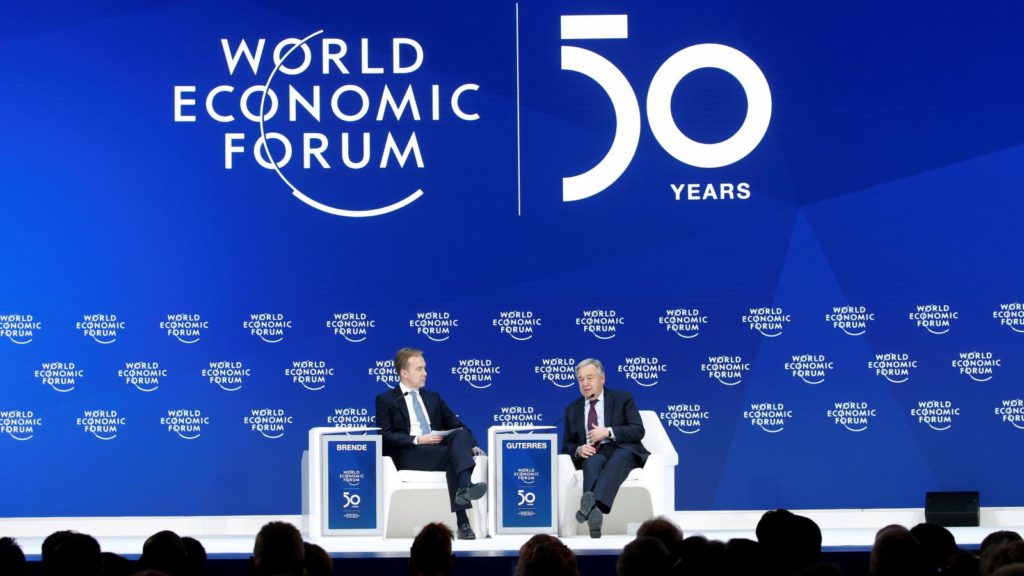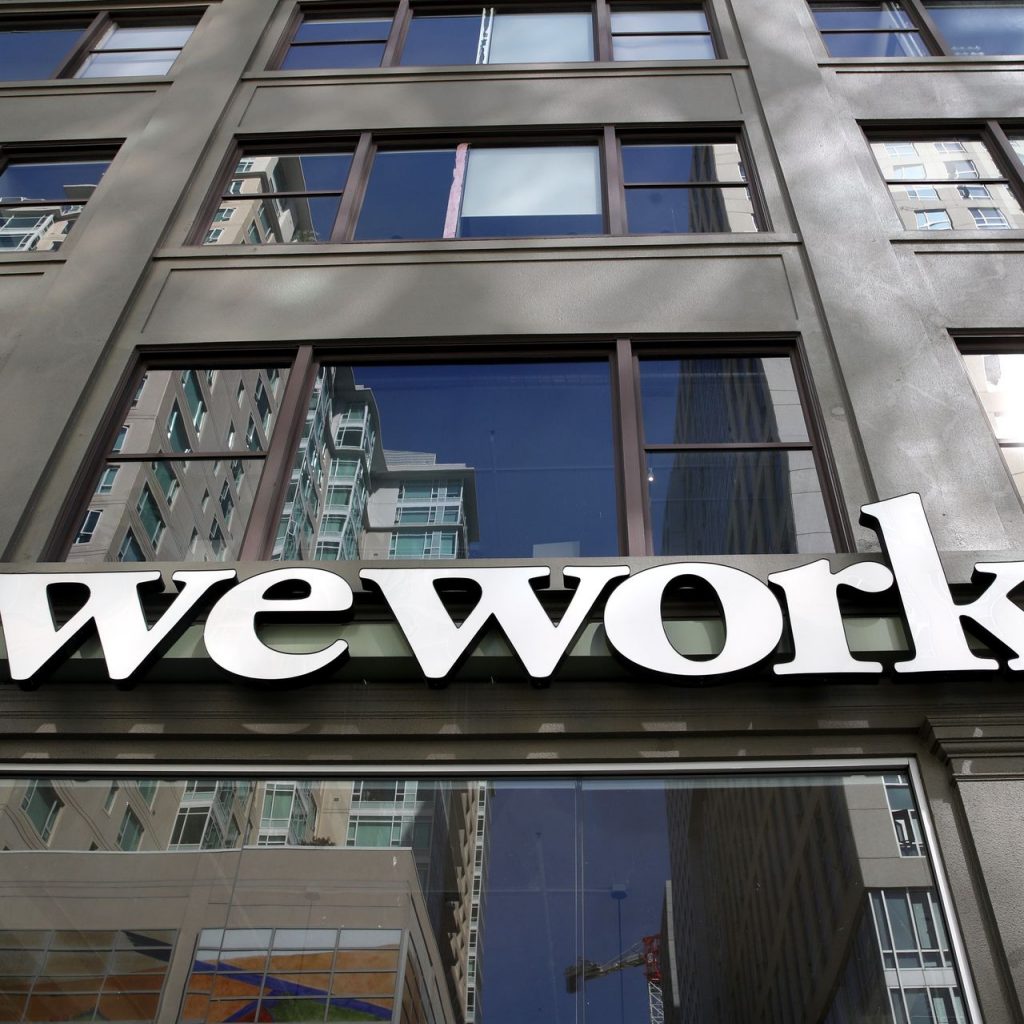If the title to this article sounds like something out of a late night infomercial, a recipe for financial alchemy or a pitch for a new company’s IPO on the NASDAQ, it’s not.
Rather, it describes an actual technique that experienced commercial real estate investors and asset managers use every day to increase the value of their property portfolios.
You’ve probably seen the term ‘cap rate’ or ‘capitalization rate’ used to describe the financial performance of a commercial real estate investment. Cap rate is a percentage figure that measures the return of a certain investment based on its income and sales price, and shows what investors are willing to pay for the net cash flow from a specific property.
While cap rate is a percentage that measures the return of a certain investment, the cap rate formula can also be used to determine what price a building should sell for compared to similar properties in the market based on the income the property is generating.
The calculation to determine the cap rate of a property divides the net income by the sales price, with the resulting percentage being the cap rate: $100,000 income divided by $2,000,000 sales price = 5% capitalization rate.
Using the cap rate formula is simple and straightforward, with an added bonus that – while cap rates vary from market to market – within individual real estate markets cap rates tend to be averaged by asset class, making it easy for investors to come up with a ‘ball park’ worth of a specific property.
For example, this year cap rates for Class A office property in the Los Angeles Central Business District are averaging 4.75%, industrial space also has an average cap of 4.75%, and Class A multifamily investments in LA offer an average capitalization rate of 4.25%.
So, an investor purchasing a Class A office building in Los Angeles with a net income of $2,375,000 at a 4.75% cap rate can expect to pay $50 million on average for the asset.
While office cap rates in Los Angeles run 4.75%, other commercial real estate markets in the U.S. and abroad may have office caps of 5%, 6% or more, depending on the demand for space, the dynamics of the specific market, and the risk of the individual investment.
Now, here’s how to turn that 50¢ into an extra $1,000,000.
Let’s say we have a 100,000 SF office building with average rents of $24 per square foot per year, in a market where office investments are selling for a 5% cap rate.
For the sake of simplicity we’ll assume in this example that the $24/SF rents are net of expenses, giving us an income from the office building of 100,000 SF x $24/SF = $2.4 million per year. At a 5% cap rate our building is worth $2.4 million divided by 5% = $48 million.
But if we can increase the rental income from $24/SF to $24.50/SF, with a new income of 100,000 SF x $24.50/SF = $2.45 million and dividing that by our 5% cap rate, our building is now worth $49 million – meaning that we just turned 50¢ into an additional $1 million!
From the tenant’s perspective, a 50¢ increase on a $24/SF annual rent is barely over 2%, and what tenant in a Class A office property would balk at such a small increase?
As easy and logical as this technique of increasing the value of commercial property may seem, it’s often times difficult for investors who personally own and manage real estate to execute. That’s because dealing with tenants, vendors, municipalities and lenders can take up an inordinate amount of time and make it difficult to manage the asset effectively.
Group investing offers investors a way of profiting from the commercial real estate markets in the U.S. and abroad, without having to deal with any of the day-to-day details.
High net-worth and ultra high net-worth investors, family offices and institutions have partnered with TwinRock to invest nearly $750 million to date in its multi-family, student housing, office, industrial, self-storage, mixed-use and development group investment projects.




